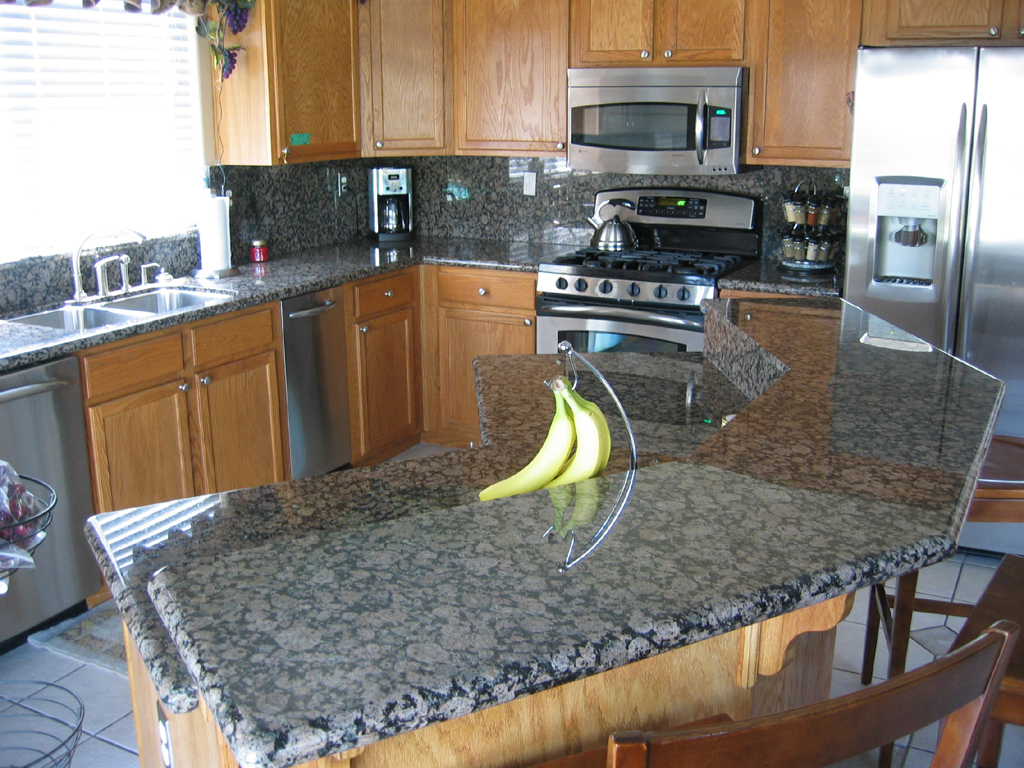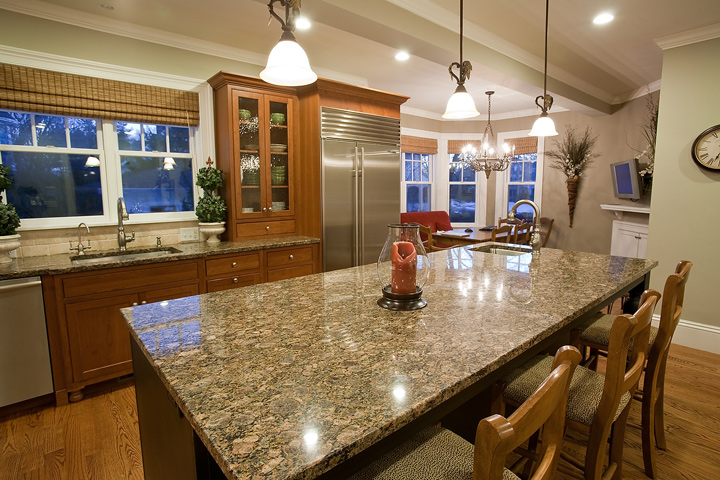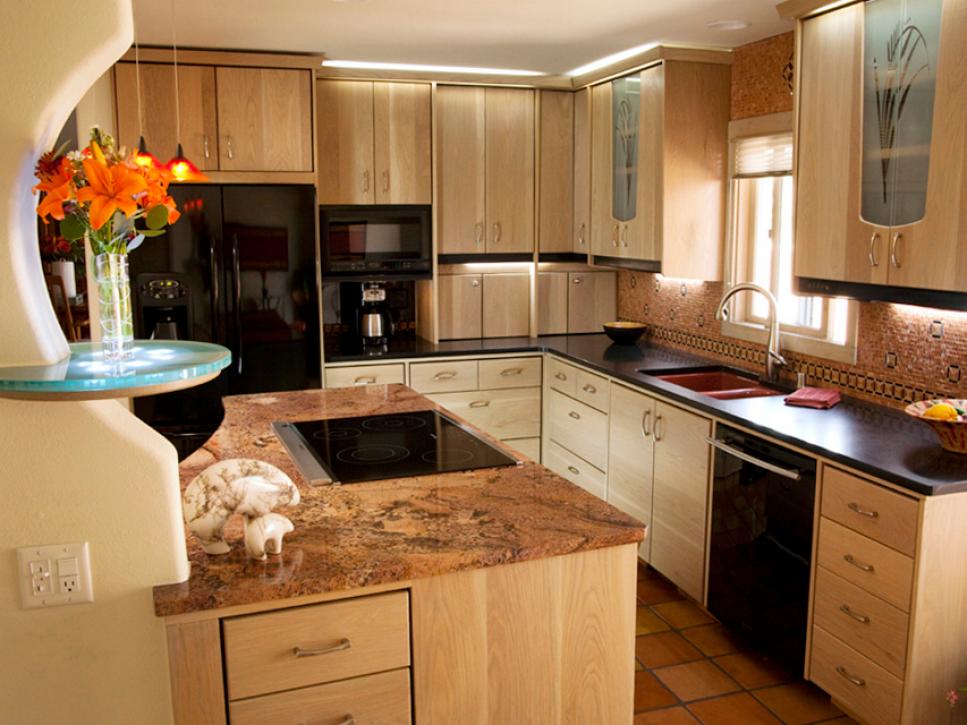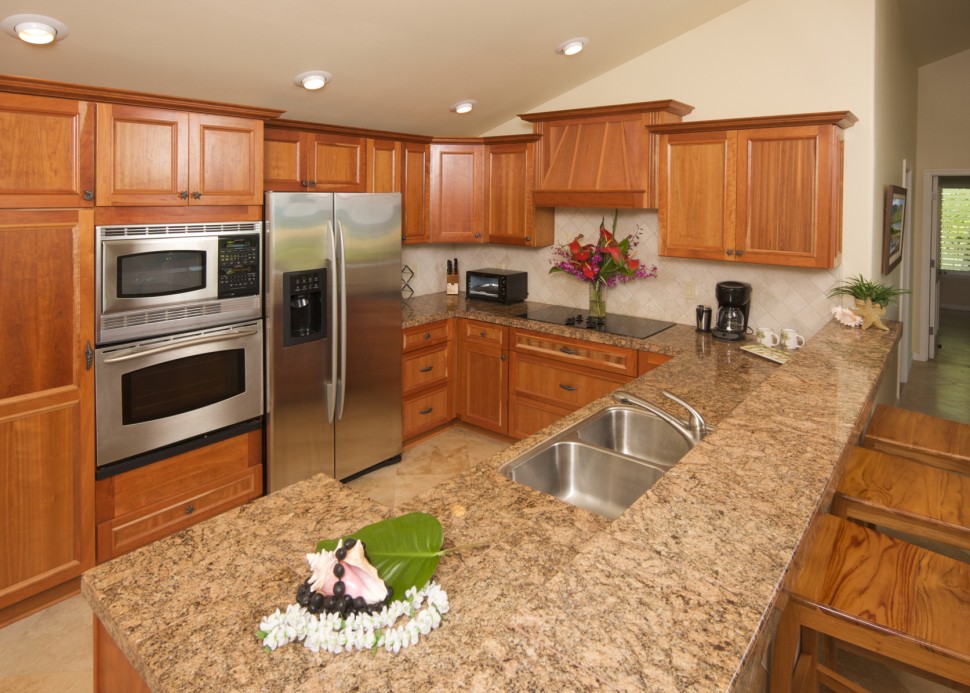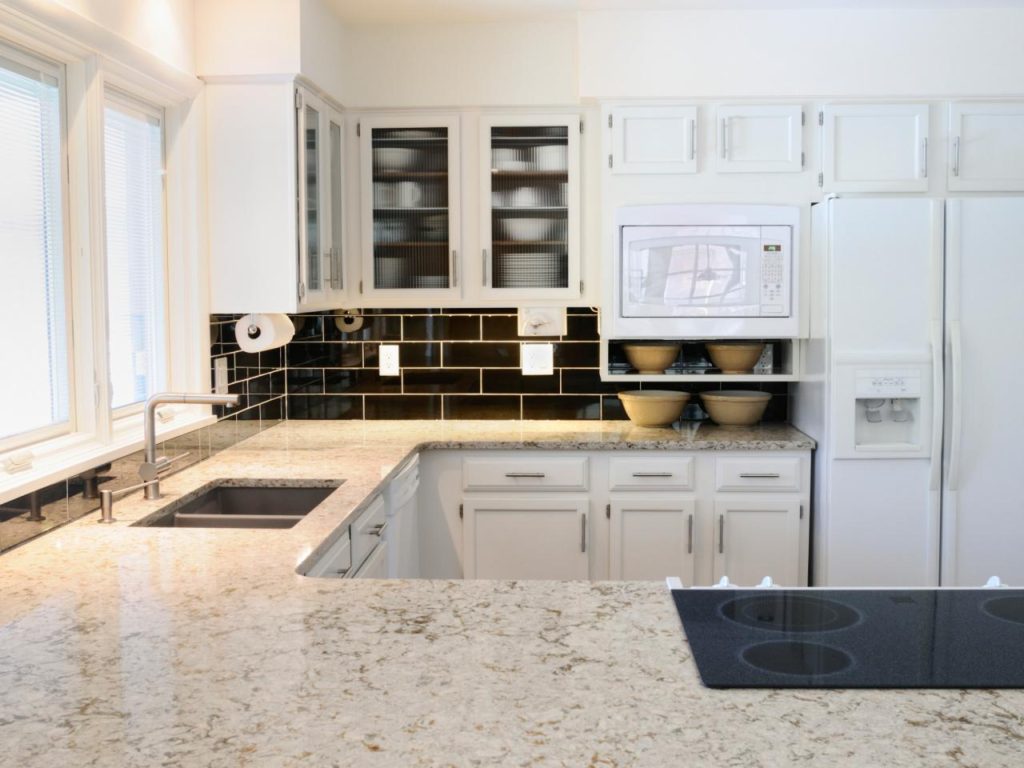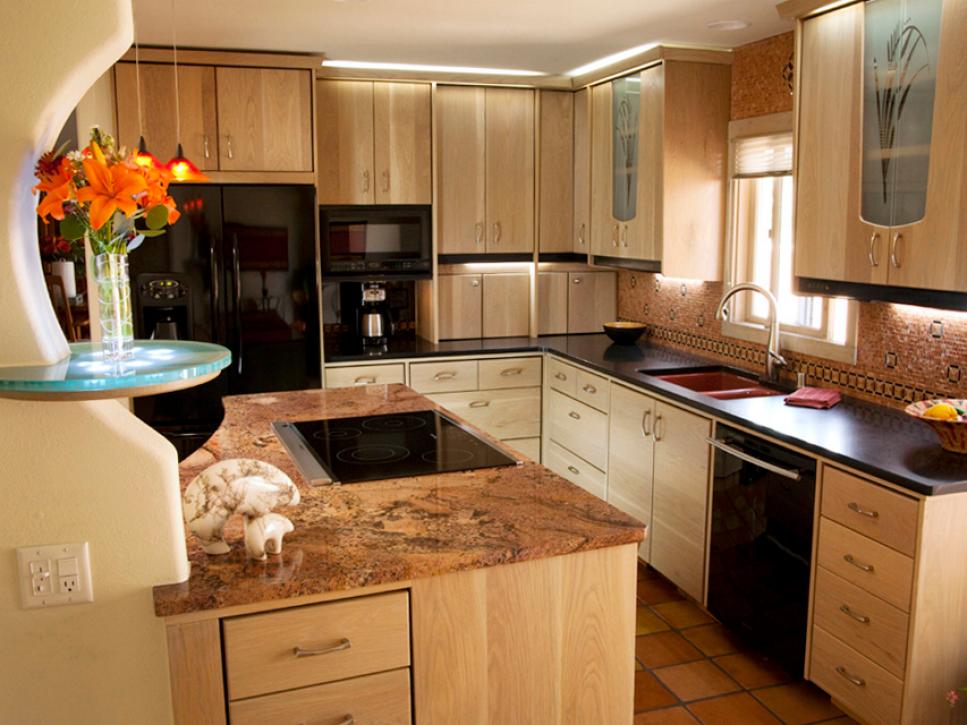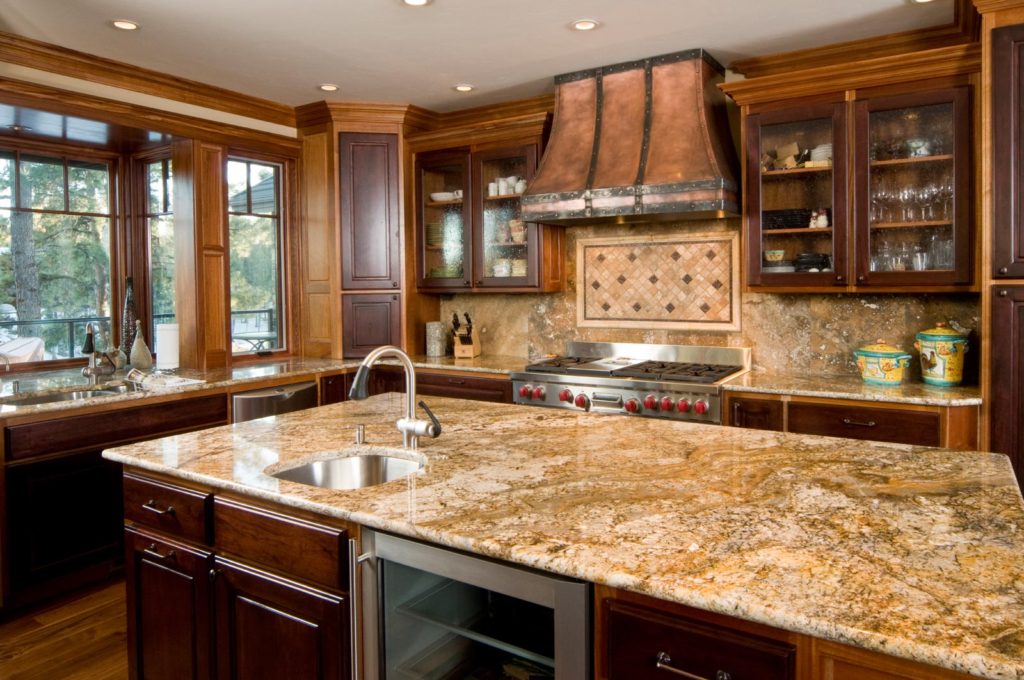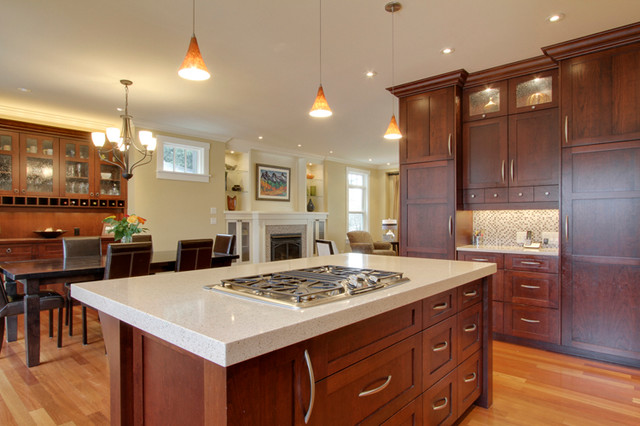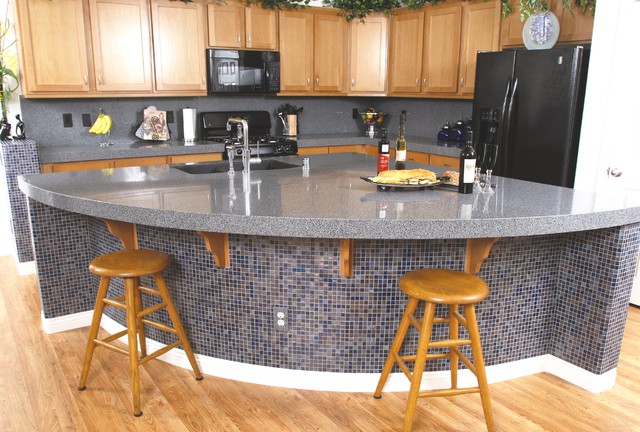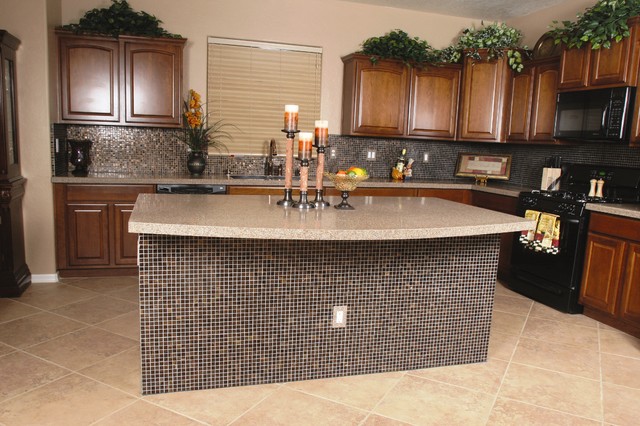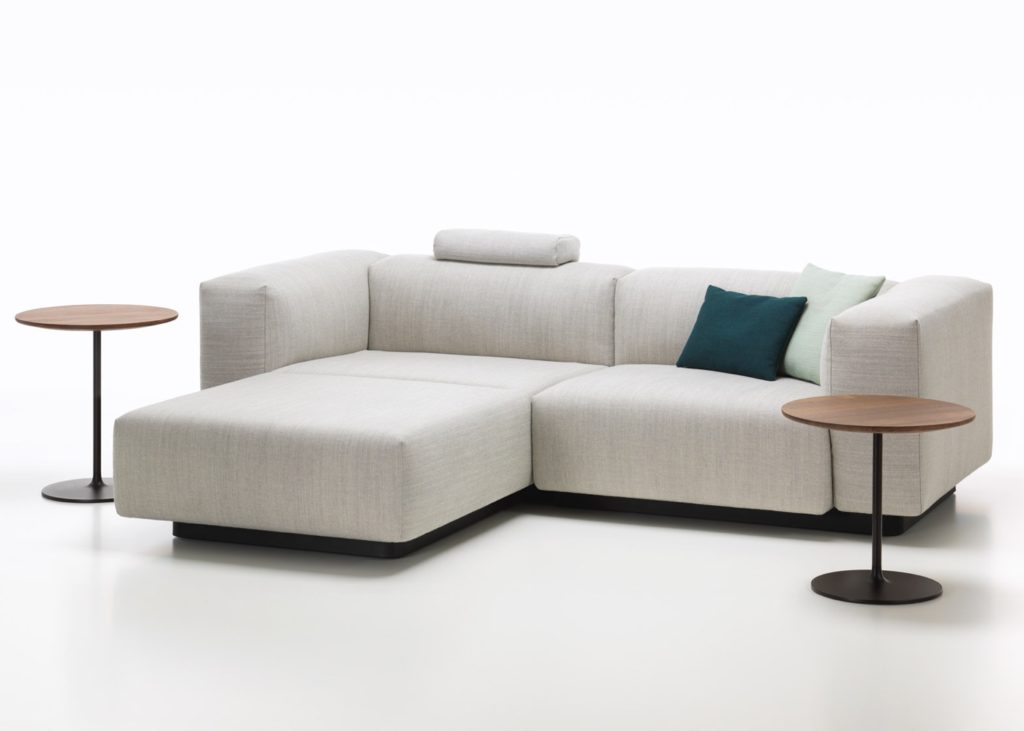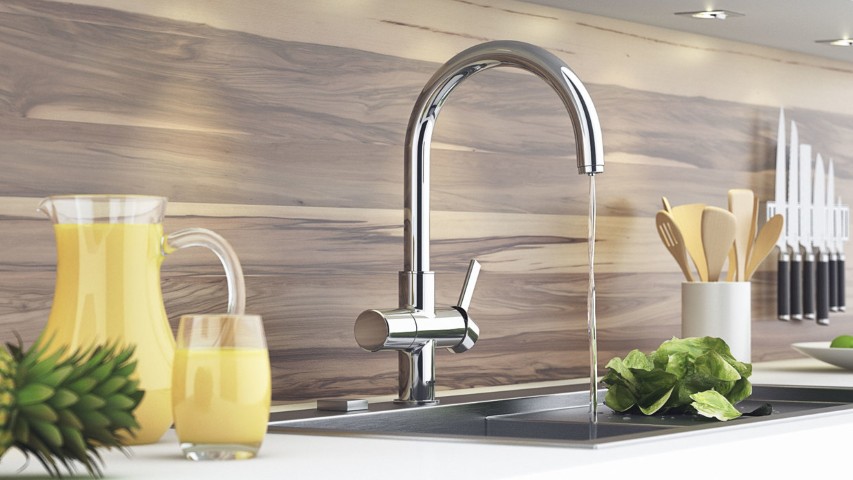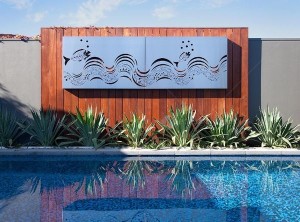Granite is a premium building material that stands out for its long-lasting beauty. When installed as countertops or flooring, granite provides distinction few other materials are able to. However, in time, the gorgeous finish on granite will become worn, dulled and scratched. The stone must be polished to give it a new surface and restore the brilliant gleam. Taking care of your granite countertops is easier than you think! Here are some tips how to polish granite countertops to help ensure that your countertops keep looking as beautiful as they did when they were first installed.
Granite countertops are expensive, so the last thing you want to see on your countertops are scratches and scuffs. However, you shouldn't worry. Granite is actually one of the easiest stones to polish. With the aid of a few household tools and some time, you can polish your countertop to be smooth again in no time.
What is Granite Countertops Polish ?
When referring to “polish” on this page, we’re not talking about cleaners such as Lustro Italiano Stone Polisher and Rejuvenator. This is an outstanding product from Tenax, and its purpose is to clean away the day-to-day grime that accumulates on granite. In the process, it restores the gleam of a finely polished surface. Your granite surfaces should be cleaned in this manner as needed – as often as daily and as infrequently as every few weeks, depending on the type and volume of use it gets – and this is one of the very best products on the market.
The type of polish focus on from this point is polish that gives the granite an entirely new surface. It removes a small layer of granite – the layer that is dull, scratched and stained—to reveal fresh, smooth stone beneath.
You might also like :
- Granite Kitchen Countertops Alternatives
- Granite Kitchen Countertops Pros and Cons Disadvantages
- Granite Kitchen Countertops Cost, Installation and Accessories
- Granite Kitchen Countertops, Beauty and Value Combined
How often you polish your granite is completely a matter of its appearance. Most granite surfaces require polishing every five to 15 years, depending on the traffic or use they receive.
Of course, polished granite must then be sealed to protect it from stains and other harmful issues, and that process is covered below.
Granite Countertops Polishing Options and Techniques
Granite can be polished with dry or wet material. Professionals are divided on the issue of which is better. Both techniques can be effective. Consider these pros and cons of wet granite polishing vs dry granite polishing:
- Dry granite polishing powder costs less than paste
- Powder granite polish can be used dry or wet, so it is more versatile
- Wet polishing creates a lot of spray when used with power tools, so wearing water-resistant clothing will protect you, and plastic sheeting should be used to protect walls, furniture and cabinets
- Wet polishing cools the pads which prevents them from becoming excessively hot and wearing out faster than they should
- Wet polishing pads are less expensive than dry pads
The manufacturer of your granite countertop or flooring might specify which type is most suitable for your product. Check its literature or website for details.
Step 1 – Clean Your Countertop
Before polishing your granite countertop , you should thoroughly clean it to remove any caked-on grime. Spray the surface with a granite cleaner and wipe down the countertop with a soft sponge or non-abrasive washcloth. Dry with a paper towel or clean cloth.
Making Your Own Cleaner
Alternatively, you can make your own cleaning solution to use by combining an all-natural liquid soap and warm water. Put a few squirts of soap in an empty spray bottle, and fill the rest with water. Then, seal and shake the bottle, and use this mixture to clean your countertop by following the directions above.
Step 2 – Use a Polish
Purchase a granite-polishing product to use on your countertop. Make sure that your product is granite-safe, as some stone polishes are too acidic or abrasive for granite. Apply the polish to your countertop by using the directions provided on the packaging. Then, use a clean, non-abrasive cloth to buff your countertop, using broad, circular motions. Rinse the polish off according to the directions.
Making and Using Your Own Polish
Make your own polish with baking soda and warm water. In a small bowl, combine 3 cups of warm water with 1/4 cup baking soda. Lightly stir the ingredients. Then, use a paper towel or cloth to spread the polish across the countertop. Use a clean cloth to buff the surface, and then rinse off any remaining traces of polish with a clean, damp cloth and warm water.
In addition to polishing your countertop, ensure you granite stays looking new by taking good care of it. For instance, always using cutting boards, coasters, and hot pads on your countertop.
Preventive Maintenance
To keep your countertops looking like new, avoid setting glasses or cups directly on them. Use coasters to prevent stains. Remember, heat can also stain granite, so do not place hot pans and pots directly on them.
Quickly handle any spills, but avoid simply wiping them off; instead, dab them with a dry towel to prevent the spill from spreading to a greater area. Avoid setting citrus fruits or any alcohol products on granite. The chemical reaction between acid and the calcite in the granite can cause the surface to dull or etch.
If your countertops look like they could use a good cleaning, do not use regular household cleaners. Most household cleaners have high pH solutions (like ammonia-based window cleaners) or are simply too abrasive which dull or damage the surface of your granite countertops. Choose a product that has a neutral pH level.
Cleaning your Granite Countertops
Most granite countertops are adequately sealed before they are installed in homes. Professional installers usually recommend resealing granite countertops every three years. To help granite keep its beautiful shine, however, it is necessary to polish it regularly. This is easily done.
Start out by cleaning the countertop thoroughly; this includes removing any stains. Remember not to use abrasive cleaners or cleaners with a high pH level. Allow the surface to dry thoroughly. Then, apply a good quality granite polish evenly on the entire surface. Use a clean cloth to buff the surface, and you're done! Repeat as often as needed or as recommended on the label of the granite polish. Using a microfiber cloth (or a cloth diaper) is suggested as there is less chance of excess fibers being left on the counter.
Installing a countertop in your home is an investment in your property, as it enhances any room and complements an infinite variety of décor. It is also a costly investment. By making sure your granite countertop is properly sealed and by being careful of spills and stains, a simple buff and polish should help keep your granite countertop (and your investment) protected and looking good as new.
Polish, seal and protect your granite kitchen countertops , and they’ll provide you with durable beauty for decades to come.
- Title: granite-countertop-warehouse
- Date: September 24, 2016
- CAtegory: Kitchen
- By: Stevanus Kevin
- Resolution: 1024 x 768
Granite Countertops, Kitchen Countertops, Polish Granite Countertops
